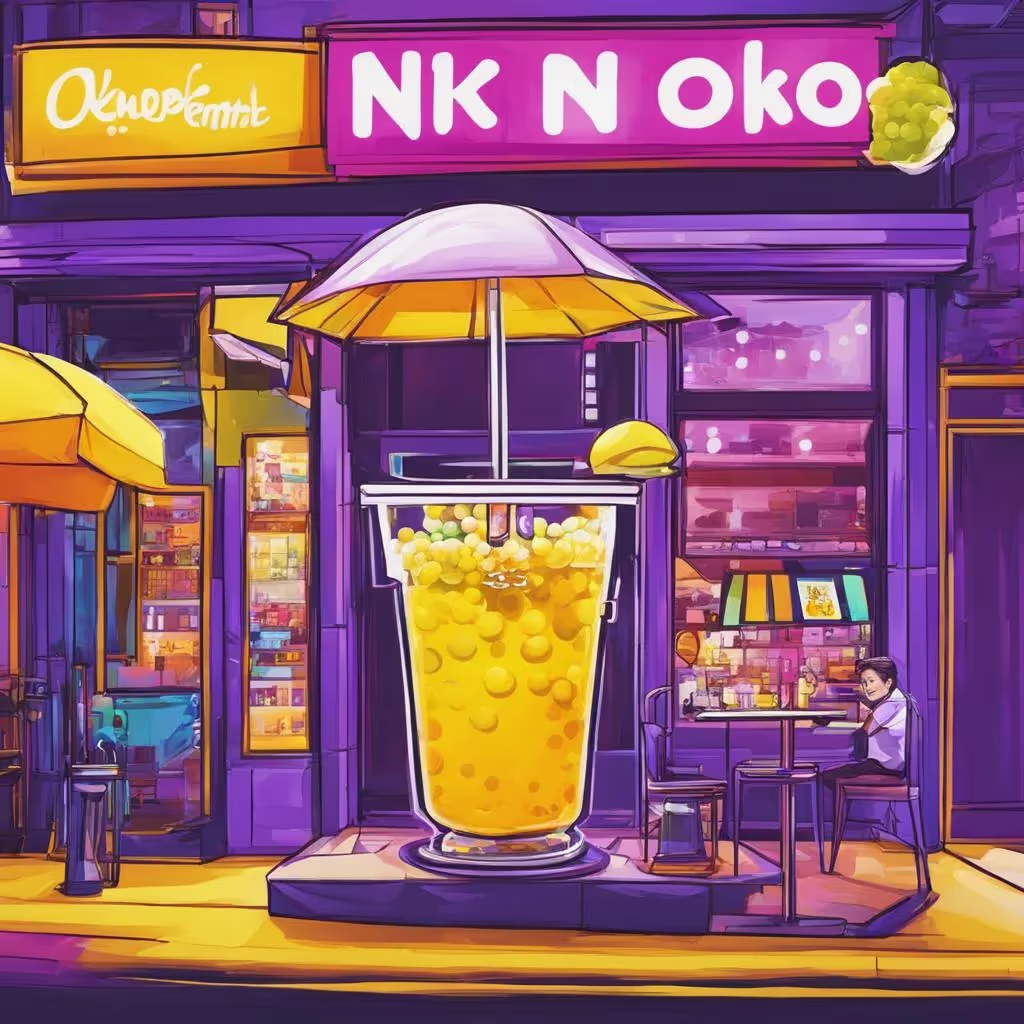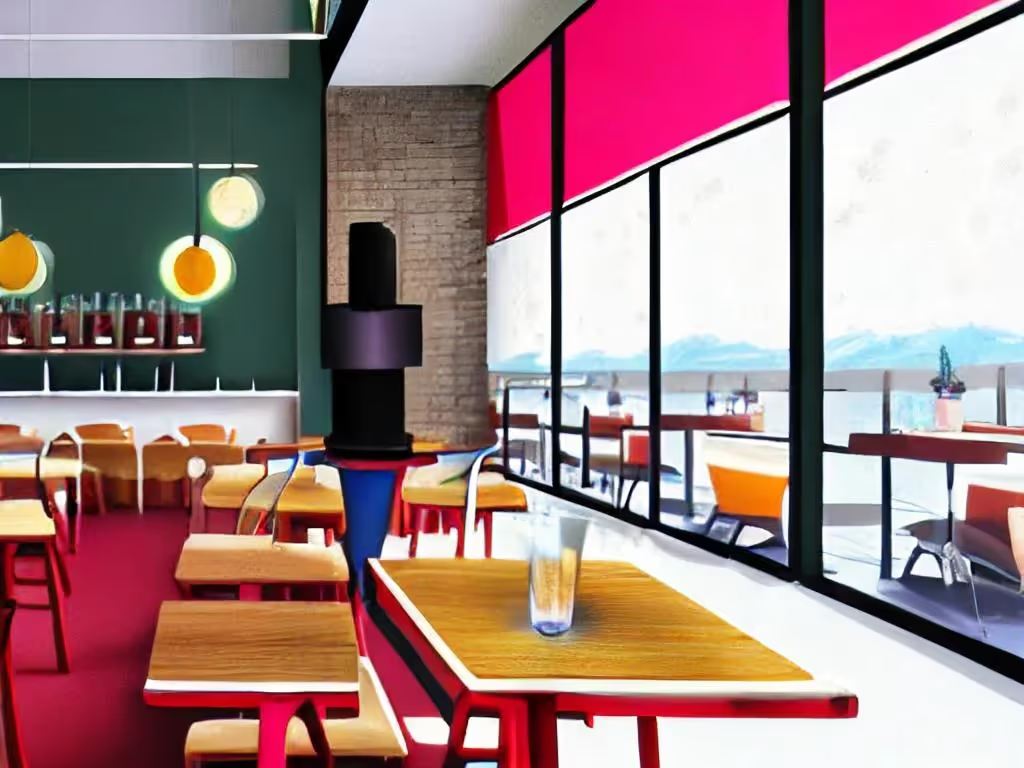TLDR
It's no secret that Japan is the homeland of sushi. What might be a little less obvious, though, is how the country's sushi restaurants manage to keep their customers coming back for more.
Kura Sushi, a chain of sushi restaurants in Japan, has a unique ordering system that sets it apart from its competitors. In this article, we'll take a closer look at how Kura Sushi's ordering system works and explore what American restaurants can learn from it.
How Automation Is a Labor Shortage Solution
Did you know that Japan is facing a major labor shortage? It's true. In fact, the country's declining population is leading to a rapid decline in its labor force. This is a problem for the food and hospitality industry, which is already struggling to find enough workers.
So what's Japan doing about it? Well, they're embracing automation as a solution. Restaurants in Japan are using robots to take orders, cook food and even serve customers. This is allowing them to keep up with the demand for service, despite the lack of workers.
American restaurants can learn from Japan's example. Automation is a viable solution to labor shortages, and it can help your business stay afloat in times of need.
Automating Ordering Systems: Kura Sushi's Example
You might be wondering how a sushi restaurant functions with no waitstaff. That's where Kura Sushi comes in. This Japanese restaurant chain has perfected the art of automating their ordering system.
Diners place their orders at a touch screen, and the kitchen is outfitted with an automated assembly line that prepares the food. Not only does this system save on labor costs, but it also allows the kitchen to remain clean and organized. And because Kura Sushi employs Lean principles such as pull-systems and visual controls, they're able to track diners and reduce the number of staff interactions.
Kura Sushi's example is one that American restaurants can learn from. Automating your ordering system can save you time and money, while ensuring a smooth and efficient dining experience for your customers.
Improving Customer Experience With Automation
It's widely known that the restaurant industry is in the midst of a labor crunch. With the unemployment rate at a historic low, restaurants are finding it harder than ever to fill positions in the kitchen and on the floor.
In Japan, automation is nothing new. In fact, 75% of restaurant tasks can be automated, according to a study by McKinsey. That's thanks to a well-developed robotics industry and a culture that embraces automation.
So what can American restaurants learn from Japan's Kura Sushi? Here are three things:
1. Automate as many tasks as possible.
2. Embrace robotics for tasks that are difficult to fill with human labor.
3. Use AI to help rebuild customer journeys and improve the customer experience
Challenges of Adopting Automation in the US
One of the challenges American restaurants have to consider when it comes to adopting a Kura Sushi-style ordering system is the cost of implementing automation. In Japan, where automation has been used since the 1960s in the automotive industry, costs have already gone down and technology is widely available.
For Americans, it's not just a question of buying the necessary hardware. Figuring out how to integrate automated systems into existing kitchen and dining room operations and getting staff used to using those systems might involve major changes to kitchens and huge training sessions for staff. That could be a significant investment for any restaurant, just to make sure orders are processed more quickly and efficiently.
Also, for restaurants that serve a diverse menu, automating every part of the process can be difficult without sacrificing accuracy, leading many restaurants to opt for semi-automated solutions that still require some sort of human input from waiting staff or kitchen workers.
Boosting Efficiency and Accuracy With Robots
As noted, Kura Sushi has been using robots in its restaurants for years, and now some American restaurants like Dimmer Summer in Brooklyn have started joining in on the trend.
Robots can help address labor crunch, population decline, and economic doldrums, as well as respond quickly to the pandemic. In Japan, robots are being used to make local delicacies such as sushi and noodles. They allow for faster and more accurate orders, reducing wait times and giving customers a better experience.
Robots can also help automate tedious tasks like taking orders and making sure food is cooked at the right temperature. This ensures that each customer gets their dish cooked perfectly every single time—a huge plus for restaurants looking to improve their operations. With robots handling mundane tasks, employees can be freed up to focus on customer service and other higher-value tasks that make a restaurant successful.
Exploring Japanese Design for the Perfect Ordering System
When it comes to ordering food, the Japanese have a few tricks up their sleeves. It's all thanks to technology, which has drastically changed how customers order food. Take Genki Sushi, for example—a sushi chain restaurant that is highly recommended for visitors to Tokyo.
What’s unique about Genki Sushi is that customers are able to order their meals from a series of tablet screens. Each table has its own display and customers place their orders via the touchscreen. From there, the food is delivered directly to the customer’s table by an automated belt. The process is incredibly efficient, and allows for quicker service and fewer mistakes in placing orders.
For American restaurants looking to implement a similar ordering system, exploring Japanese design and technology could be an invaluable resource in crafting the perfect ordering system that increases efficiency and profits.

Conclusion
Here's the takeaway: if you're looking to improve your ordering system, and thereby your customer experience, you could do worse than to take a cue from Kura Sushi. They've found a way to make ordering fast, easy, and accurate–all while reducing the need for human labor.
It's worth noting that Kura Sushi isn't the only player in the sushi game employing these tactics. Other popular sushi chains, like Genki Sushi and Sushi Express, have also embraced automation. But Kura Sushi is arguably the most successful, with more than 700 locations across Japan.
If you're looking for ways to improve your restaurant's ordering system, it might be time to look to the land of the rising sun.


.webp)


.webp)
.png)
.webp)

.avif)
.webp)
.webp)
.webp)

.webp)

















.svg)
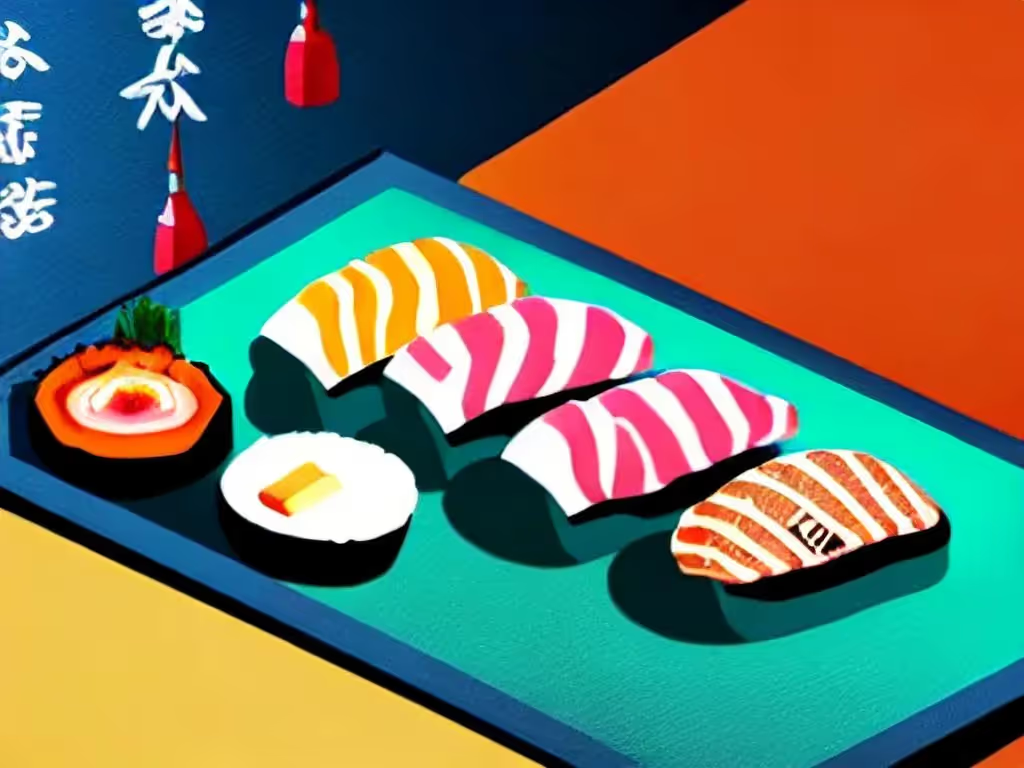




.svg)
.svg)
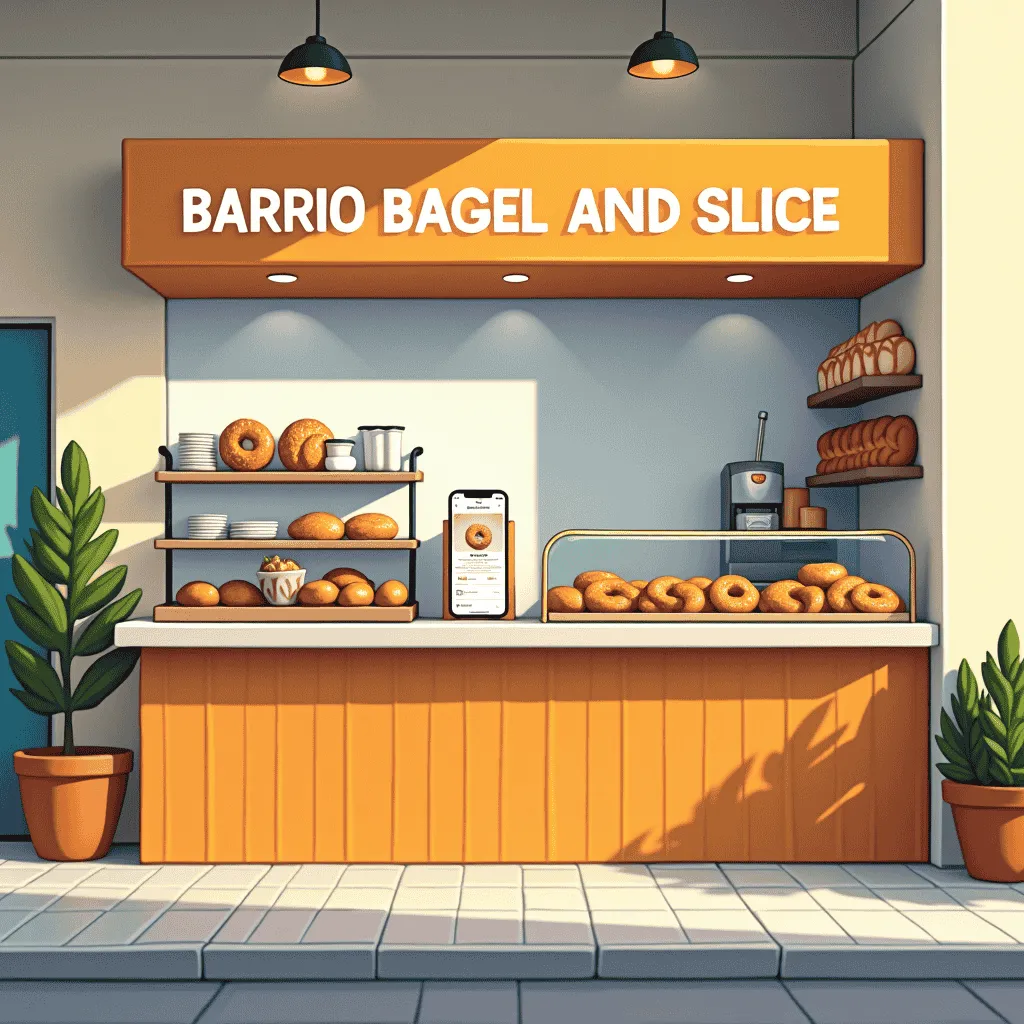


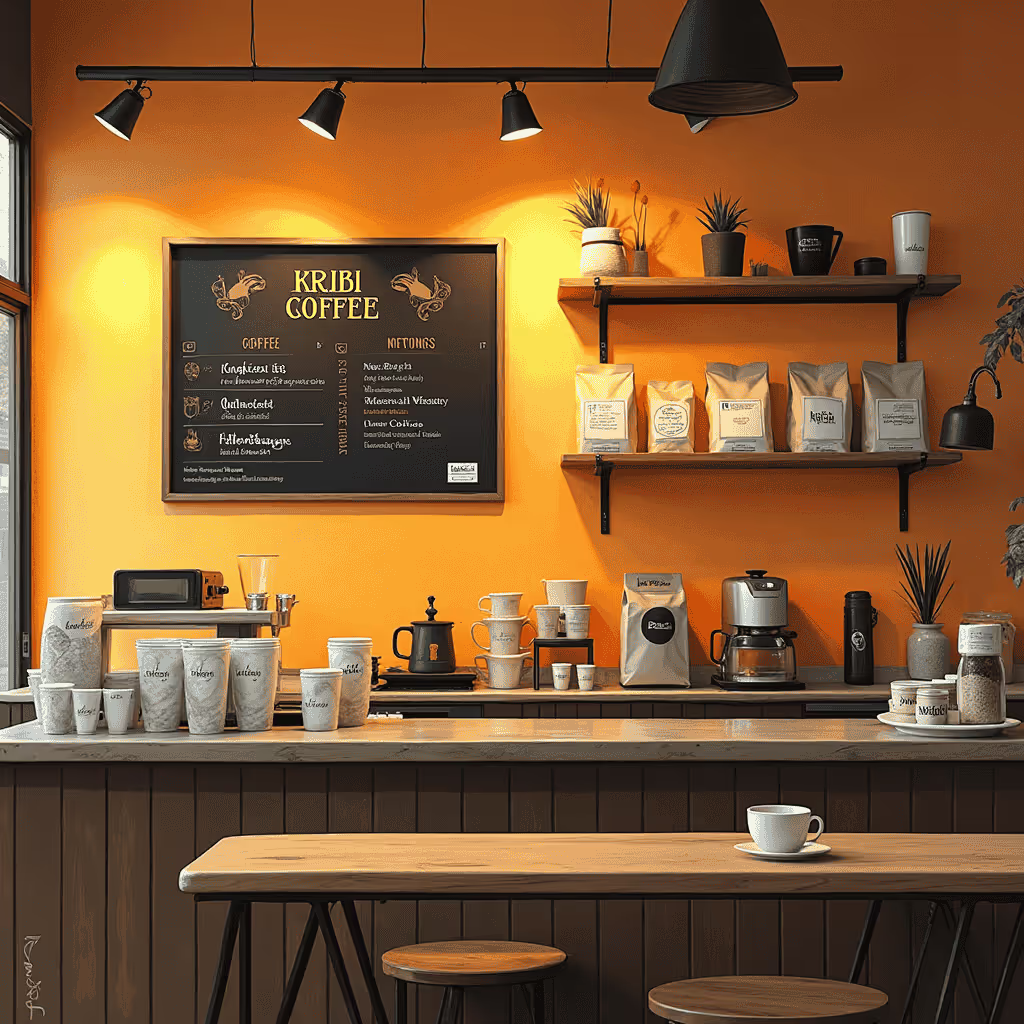
.avif)



.avif)
.avif)

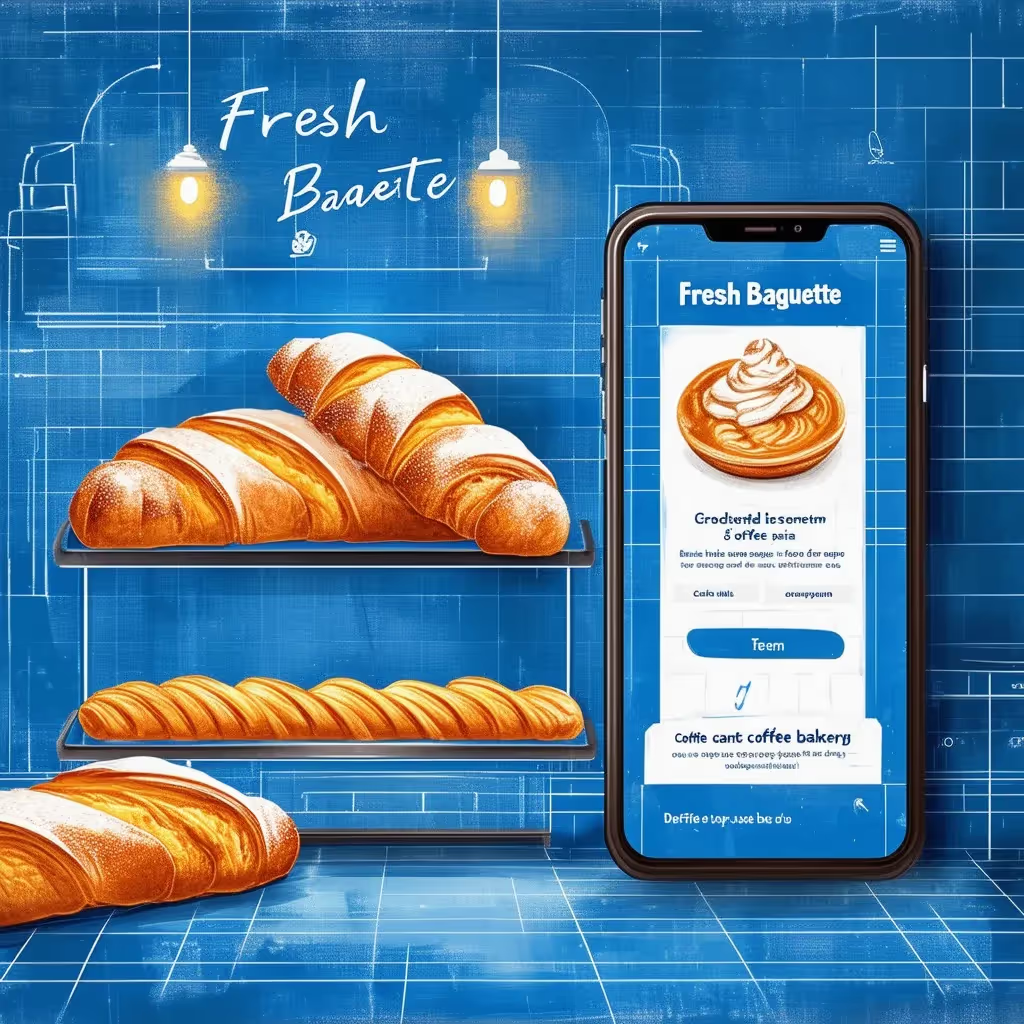
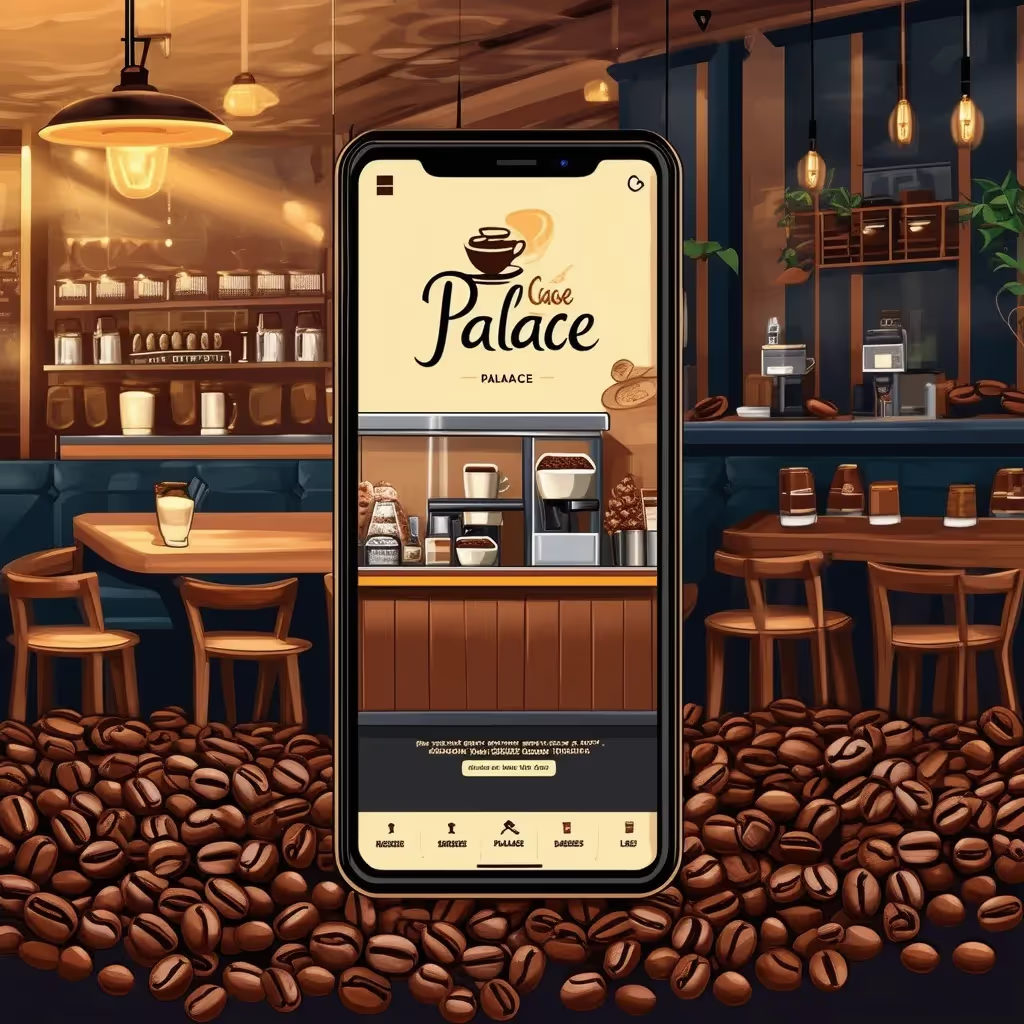

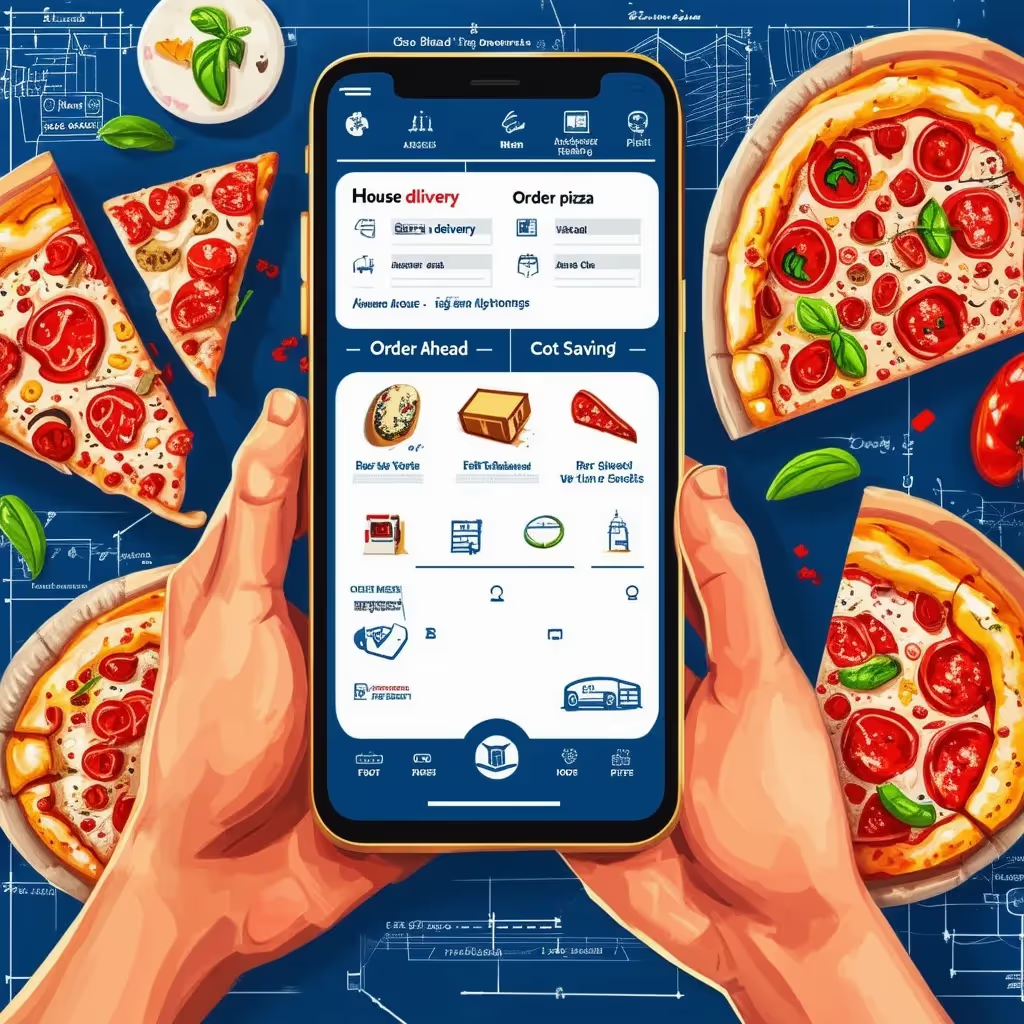





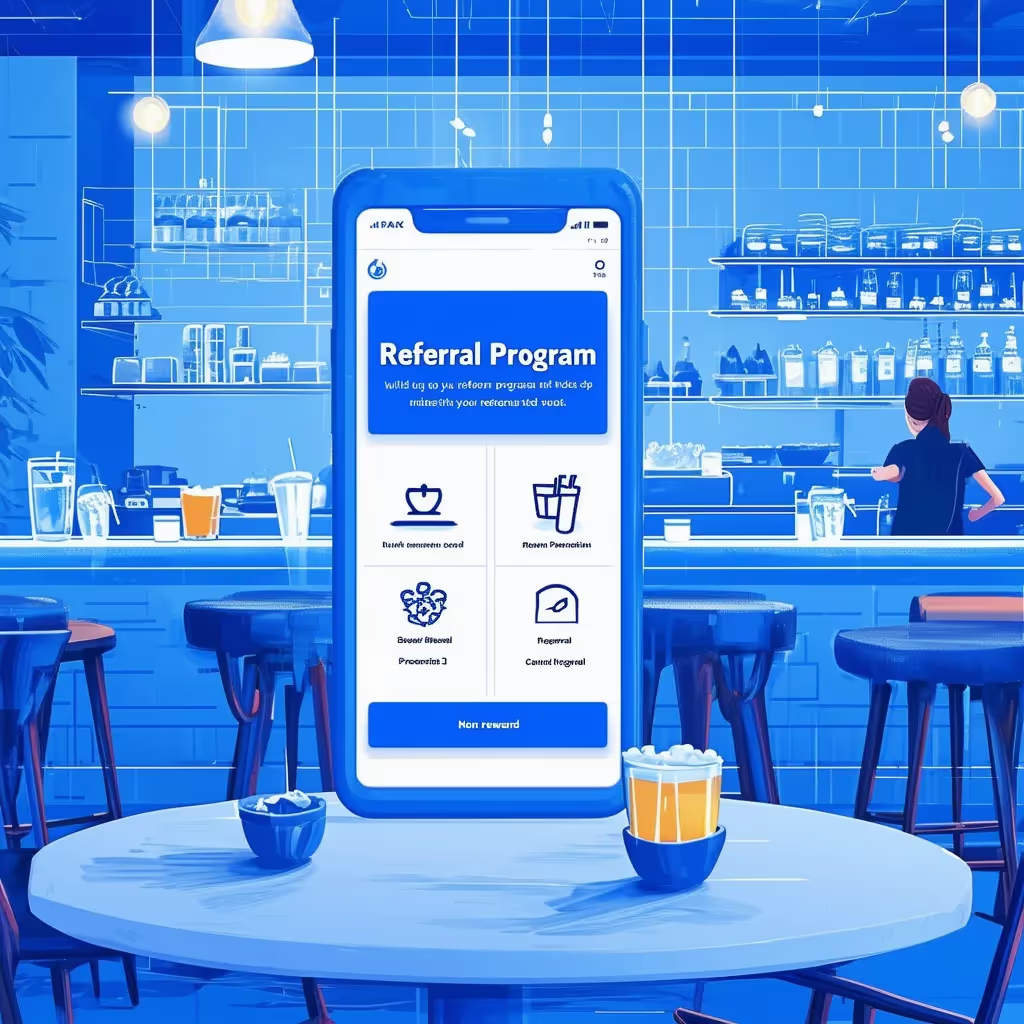





.avif)





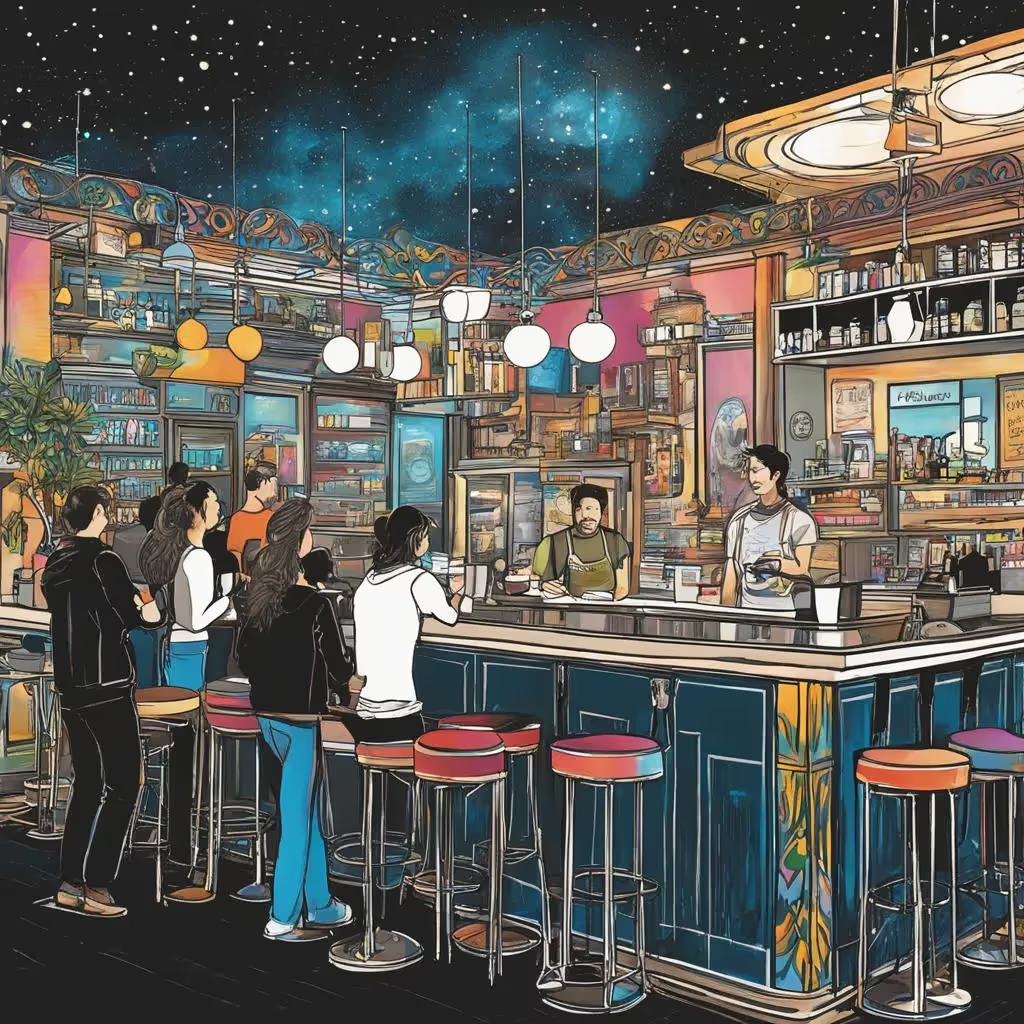


.avif)
